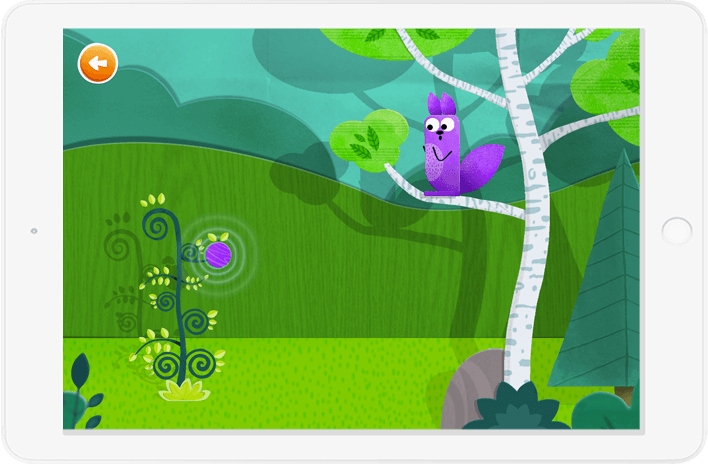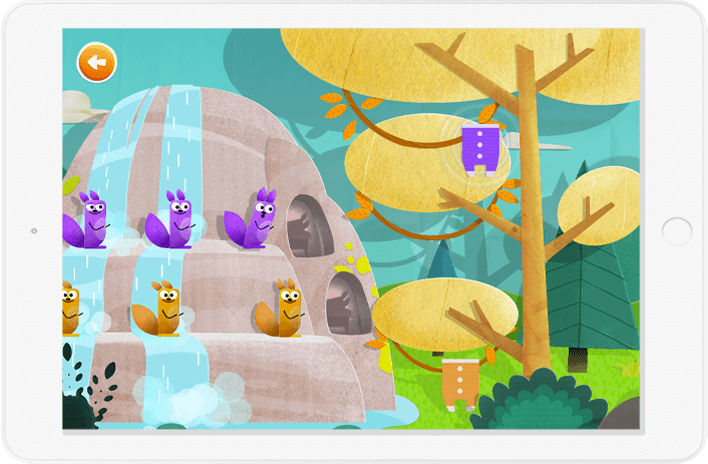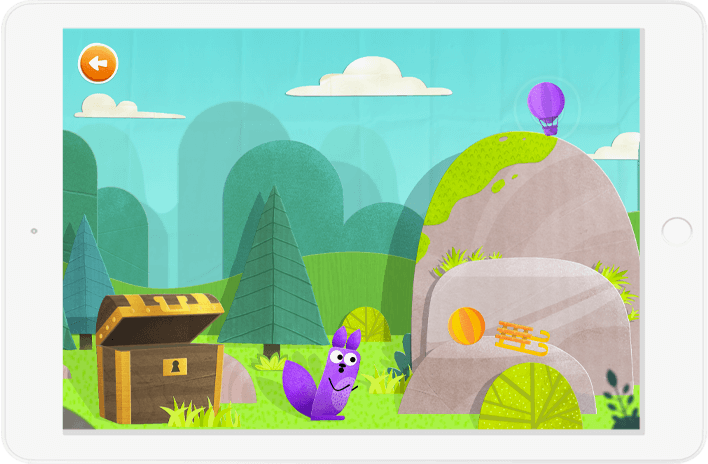Origin of the Research
Mazaam Interactive Inc. affiliated itself with the Canada Research Chair in Music and Learning and Chairholder professor Jonathan Bolduc Ph.D., to develop Mazaam and the Mazaam Academy with the goal of supporting the musical and global development of preschool-age children (4-8 years old).
The design of the Mazaam app is based on a broad empirical framework. The most recent knowledge related to children’s development supports the choice of the proposed operations. All of the actions in the project have the goal of meeting the stated objectives: support children’s development and stimulate their interest in music.
Executive Functions
The Canada Research Chair in Music and Learning proposes different operations to support children’s cognitive development that favour their educational success.
These cognitive functions, known as executive functions, are developed through the different experiences to which children are exposed. A preschool-age child’s executive functions would be associated with the following three components:
Working Memory
Store information, reuse information and manipulate information.
Inhibition
Ability to master their thoughts and actions, resist temptation, distractions.
Mental Flexibility
Ability to change perspective, adapt to demand or to changes presented to them and to manipulate information kept in their working memory.
Complementary Skills
Children can also develop complementary skills which can help them when they learn to read:
- Identifying sounds that make up words (phonemes)
- Separating words into syllables
- Identifying rhymes
skills represent phonological awareness which is the best predictor of successful reading and writing from the start of elementary school.
Social Development
Complementary to cognitive development, social development plays a determining role in the educational success of preschool-age children.
For this reason, Mazaam offers a “Duo mode” in augmented reality, presenting different motor operations that favour the adoption of synchronous motor gestures by children and their parent or by children and their peers.
Musical Development
Mazaam features five worlds divided according to certain musical parameters (pitch, tempo, intensity, timbre and harmony), which include operations aimed at the development of preschool-age children (4-8 years).
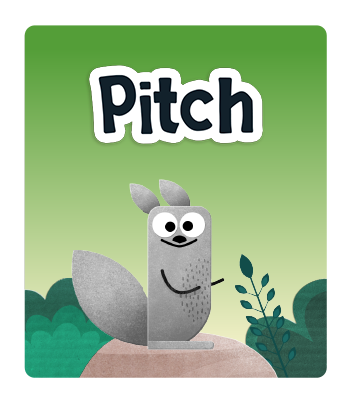
1 – World of Squirrels (Pitch)
Music involves low-pitched and high-pitched sounds that create melodies. The child must differentiate between these high-pitched and low-pitched musical excerpts.
Listen to our “Pitch” playlist on your favorite digital platform: music.analekta.com/mazaam_pitch
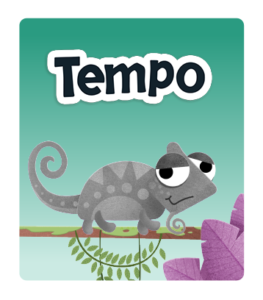
2 – World of Chameleons (Tempo)
The tempo sets the rhythm of a musical movement. The child must differentiate between slow and fast musical excerpts.
Listen to our “Tempo” playlist on your favorite digital platform: music.analekta.com/mazaam_tempo
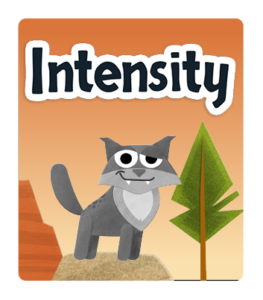
3 – World of Lynx (Intensity)
The child has fun discovering the different degrees of intensity of sounds: soft or loud.
Listen to our “Intensity” playlist on your favorite digital platform: music.analekta.com/mazaam_intensity
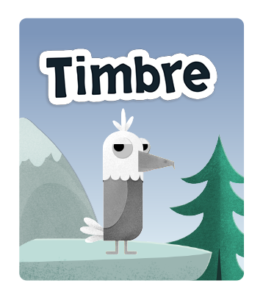
4 – World of Eagles (Timbre)
Timbre is the “colour” of sound, the way each sound is produced. For example, it lets you distinguish a flute from a violin. The child must differentiate between string instruments and wind instruments.
Listen to our “Timbre” playlist on your favorite digital platform: music.analekta.com/mazaam_timbre
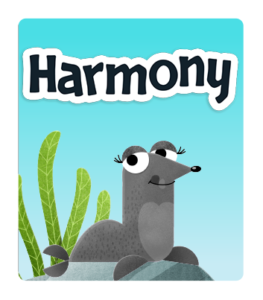
5 – World of Sea Lions (Harmony)
Musical harmony contains different elements, including consonance and dissonance. The child learns to distinguish between more harmonious or more discordant excerpts.
Listen to our “Harmony” playlist on your favorite digital platform: music.analekta.com/mazaam_harmony
A Learning Progression
In the Mazaam app, children must process visual stimuli and associate them with symbols.
Associating a musical excerpt with a symbol implies that children first must inhibit the surrounding stimuli so that they pay attention to the musical parameters of the excerpt presented. Identifying a musical excerpt by choosing between two excerpts or detecting one of three musical excerpts also calls on inhibition and working memory.
A Complete Catalogue of Real Audio Recordings
Mazaam stands out from the other apps on the market by its use of a catalogue of classical music recordings by great orchestras and soloists of international renown.
Teaching of music theory and auditory training usually call on custom excerpts composed in MIDI format. However, the great works of the repertoire and real musical instruments have inestimable musical value for any child, musician or not.
Children exposed to quality music at an early age would have better chances of developing their tonal and rhythmic sense and their taste for music.
About Jonathan Bolduc , Ph. D.

Jonathan Bolduc has been devoted to pedagogy and research into early childhood music education for over 20 years. As the Chairholder of the Canada Research Chair in Music and Learning, he is fuelled by innovation.
In designing the Mazaam app, he contributed his expertise to build the game experiences that the child will take part in. These games are a fun, easy, and completely original way to expose children to the benefits of music.

